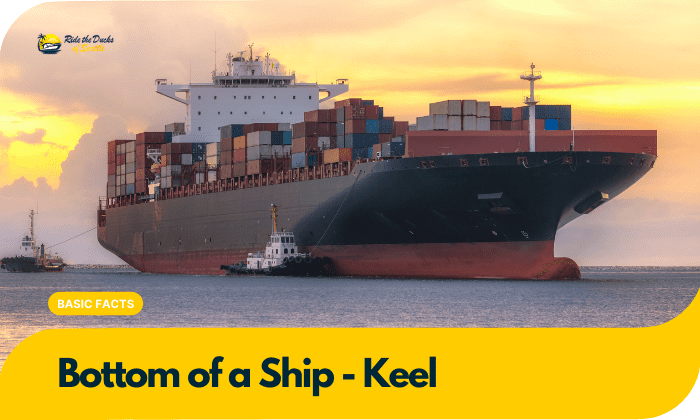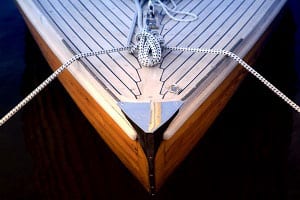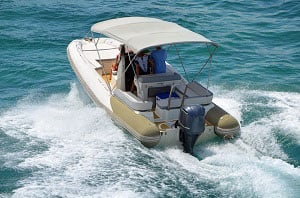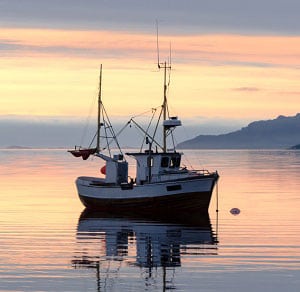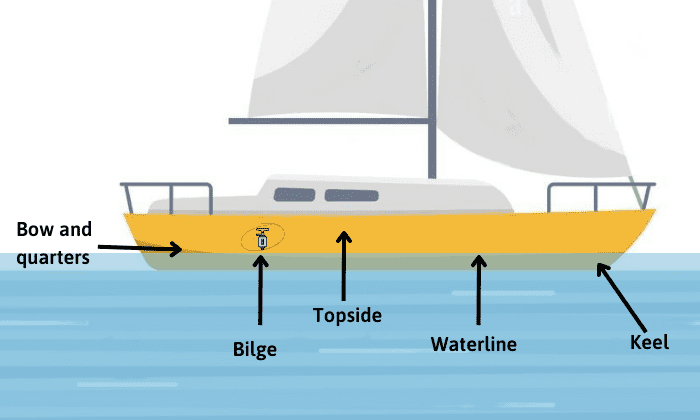For readers of newspapers, you may have encountered the question of what is the bottom of the boat called in a crossword puzzle. It is not common knowledge, but learning what the bottom of a ship is called can help boat owners better take care of their water vessels.
You don’t need to look up “bottom of ship crossword clue.” In this short guide, we uncover one of the most important parts of a boat, the hull.
Table of Contents
About the Bottom Part of a Ship
The hull of a boat, by definition, comes from the Old English, “hulu.” It connotes providing protection. It is why it can be thought of as the ‘mainframe’ or the structure. It keeps the vessel afloat and working. After all, this is the part where the engines are typically found as well.
The hull refers to the bottom yet most important structure of your boat, and the keel is the ridge running from the forward helm to the vessel’s rear.
Exploring the Hull
All ships have a hull which refers to the underside of a ship. The hull has different types depending on the model and purpose of the water vessel. Here is an overview of each:
1. V-Shape
V-shaped hulls are specifically designed to easily navigate through waves. Since one cannot determine the roughness of the weather on any particular day, most commercial boats are designed this way.
Given the shape, this boat easily cuts through waves, making it travel faster, especially for certain watersports. It is why most recreational boats possess this design.
2. Pontoon
The opposite of V-shaped hulls, pontoon boats can travel only at moderate speed because of their flat bottom. Having a flat bottom also makes the ship stable.
3. Displacement
Big-sized ships benefit from using this kind of hull. Just like the V-shaped hull, displacement hulls can travel through rough waters. The main difference between them is that the displacement hull travels at a slower pace.
4. Round Bottom
This type of hull is usually used on canoes and sailboats, which can travel at high speeds. The downside of using this type of hull is that it is not stable compared to the other types.
5. Flat
Small boat owners would benefit from building using flat hulls, as this kind is for calm waters with speeds that will not require fast ones. Take note the hull of the ship is not completely flat but can have a subtle V-shape to make it more stable.
6. Multi-Chine
A combination of the pontoon and V-shaped hulls. It is why it has the characteristics of both: stability and speed. Its downside is you cannot maneuver easily. You are unable to quickly make sharp turns. There has to be a bit of a ‘drag’ movement first.
7. Deep V
This type of hull also allows travel at higher speeds, ideal for power boats. Just like the V-Shape, it can navigate through uneven waters. As it has a deep V, you can be sure that the boat is stable.
8. Tunnel
Fishing boats use this kind of hull. It is stable, and it can also adjust the speed depending on your current need. Tunnel hulls have protruding edges and higher middle parts.
Materials of the Hull
While boats have different types of hulls, standard ones consist of two basic parts: the bow (the front part) and the stern (the rear part).
Boat manufacturers have the hull as their priority consideration when building a boat. Let us then identify what the hull of a ship’s materials is.
1. Polyethylene
The most common type of consumer plastic. It is recyclable many times over. Since it can be melted into liquid and then back to solid form, you can build the hull any way you want it. It is low maintenance and lightweight, making it ideal for small-sized vessels such as fishing boats, amateur boats, surveillance, and security boats.
2. Steel
A sustainable material, steel is the best and ideal material for constructing not only the hull of a vessel but also other parts. Steel is durable and will last the test of time. This material is crucial to have as boats can undergo rough waves.
3. Aluminum
Many boat manufacturers are switching to this material because of its advantage over steel: it is made of lightweight materials but still serves its purpose. As it is lighter than steel, the boat can travel faster.
However, this material is more expensive. The manufacturer or the owner will incur additional costs to maintain its oppression resistance. This means it is not as sustainable as other materials.
4. Fiber Reinforced Plastic
Manufacturers continuously search for and study materials that can be substituted for old types, such as steel and aluminum. Another material that is gaining popularity is fiber-reinforced plastic.
Initially, we think this will harm the environment. On the contrary, this material can be recycled. It has the advantage of steel and aluminum because of its durability and lightweight quality.
Add to that are its strength and corrosion resistance. Would you believe that military boats use this material?
What Does the Hull Consist of?
Now you know what the bottom of a boat is called, it is time to explore the hull’s different structures. The common parts of a ship’s hull are the keel, topside, waterline, and bilge.
- Bow and quarters – The front part of the hull that makes its curve at the front is the bow. Also, people call the curve part right between the stern and the beam quarters.
- Keel – The foundation of the entire vessel. It is the beam along the middle of the underside.
- Topside – The structure or part that is above sea level, between the deck and the waterline.
- Waterline – Also known as the Plimsoll line, the waterline marks the level of the sea in comparison to the entire vessel. It is a good indicator of the ship’s former vs current load weight, and the state of the ocean waves.
- Bilge – Another crucial part of the hull, the bilge stores the wastes of the ship. This includes oil substances, dirty water, spillage, and similar. The waste is then removed from the bilge pumps once the ship arrives at port.
It is also good to note that a ship’s hull region is usually painted red because of its copper coating. The paint or coating prevents the ship from accidentally attaching underwater elements (e.g. barnacles and small fish).
Other substances that can build up contribute to the fast decay of the ship–not only due to the chemicals but these can also add unnecessary weight to the vessel, decreasing its speed.
Conclusion
Asking “what is the bottom of a ship called?” can be your starting point for taking better care of your vessel. The bottom of a boat’s name, the hull, as we have revealed, is made of different materials and smaller parts.
Each type and component is crucial to stabilizing your ship or boat, so you can enjoy cruising and other water sport activity. The hull may be overlooked but it is the structure that you should pay attention to.

Ten years of enjoying countless trips on boats never made me love them any less! So I am here to put all those experiences into good use for other boaters who want to have a safe and fun trip with their friends and families.

